SEPCO-Solar Lighting's Blog on Renewable Energy and Green Ideas
Learn the latest LED solar lighting and power updates, along with practical information to help you design your next project

Reflecting on Our Legacy and Reigniting the Fight for Earth Day
Over 55 years ago, U.S. Senator Gaylord Nelson founded Earth Day in response to the devastating 1969 Santa Barbara oil spill, which was then the largest in U.S. history. On April..
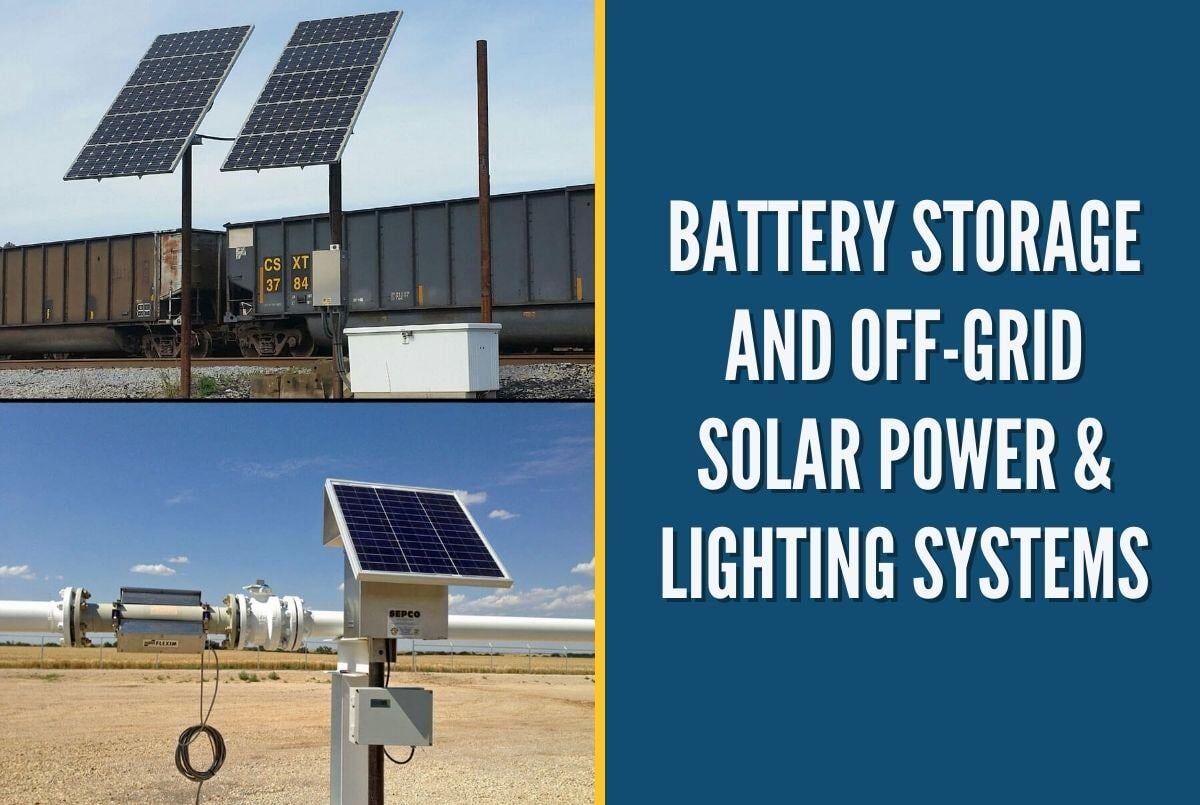
Optimizing Battery Storage for Reliable Off-Grid Solar Power Systems
One of the biggest mistakes in off-grid and backup solar systems is undersized battery storage. Many companies design systems with insufficient capacity—often less than four times..
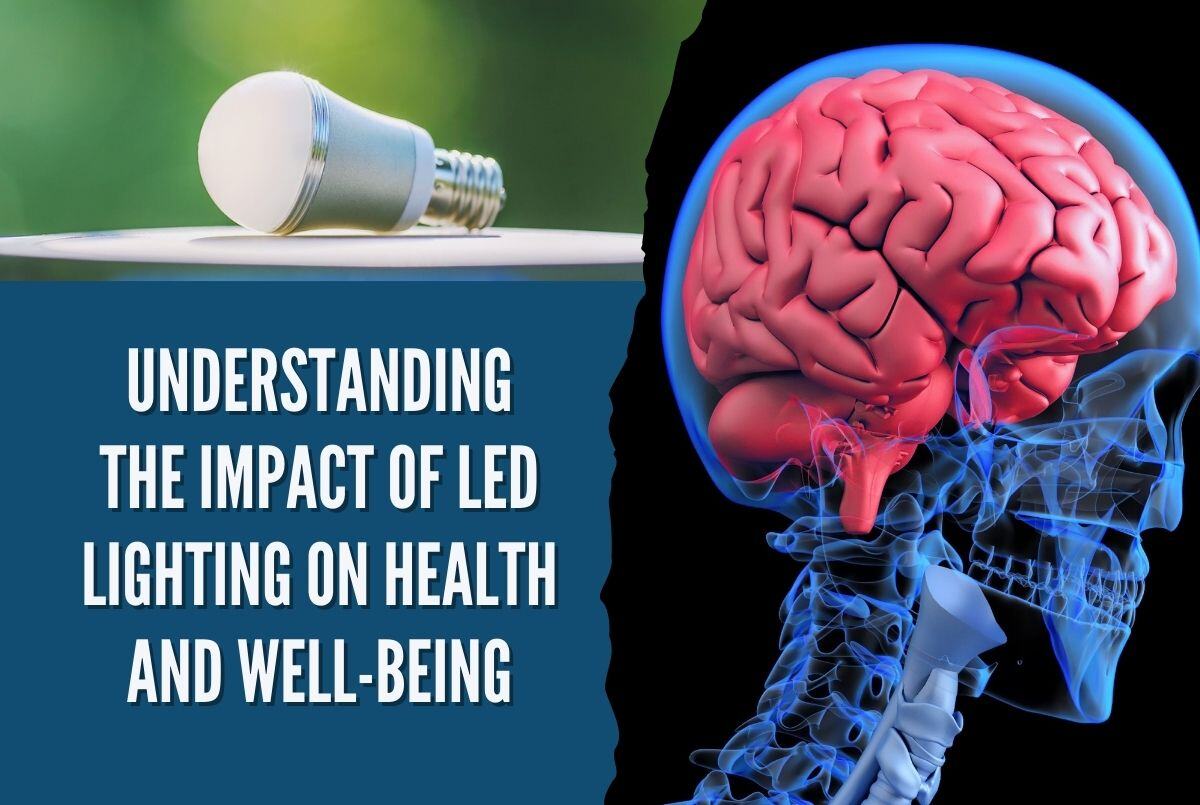
The Impact of LED Lighting on Health: Benefits and Concerns Explained
In recent years, the widespread adoption of LED lighting has brought both innovation and challenges to our daily lives. While LEDs are celebrated for their energy efficiency and..
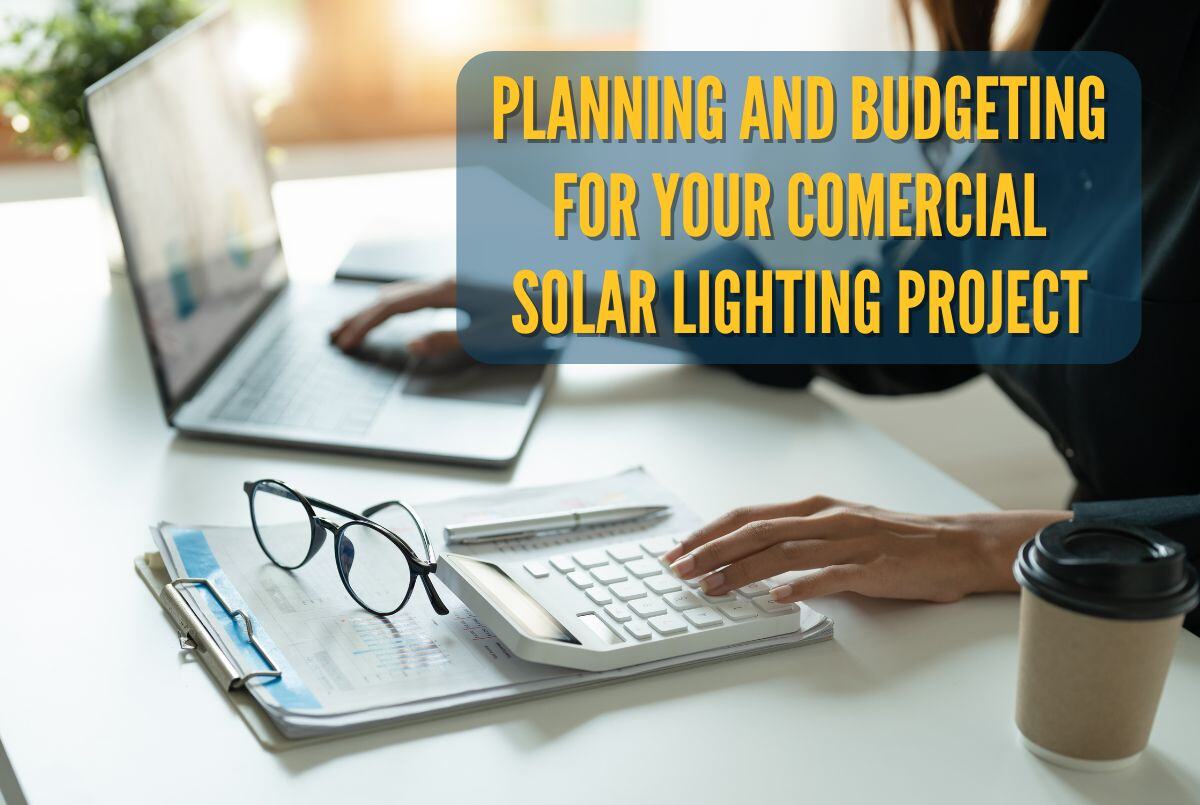
Budgeting Tips for Successful Commercial Solar Lighting Projects
Switching to commercial solar lighting is a smart investment for businesses looking to reduce energy costs, enhance sustainability, and improve outdoor lighting quality. However,..
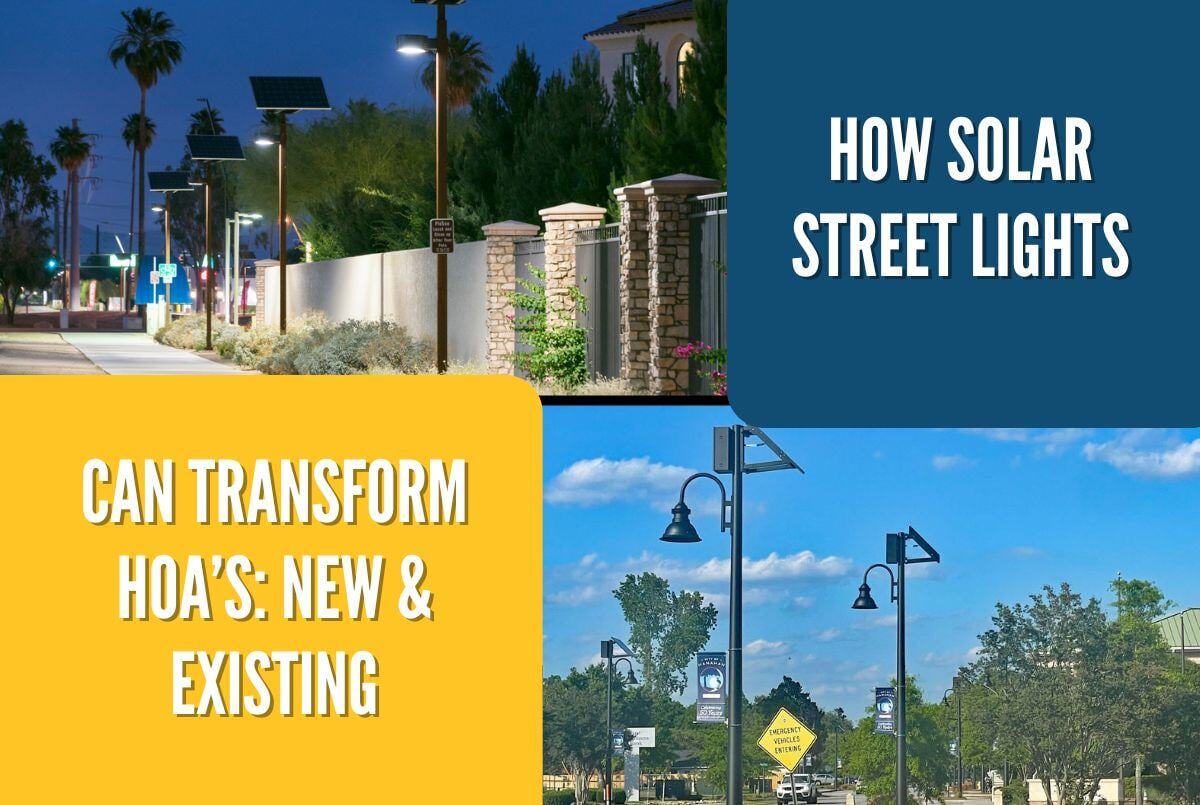
How Solar Street Lights Can Transform HOAs: New and Existing
As developers, architects, engineers, and planning committees, you’re not just building communities but shaping the future. With sustainability and cost-efficiency becoming top..
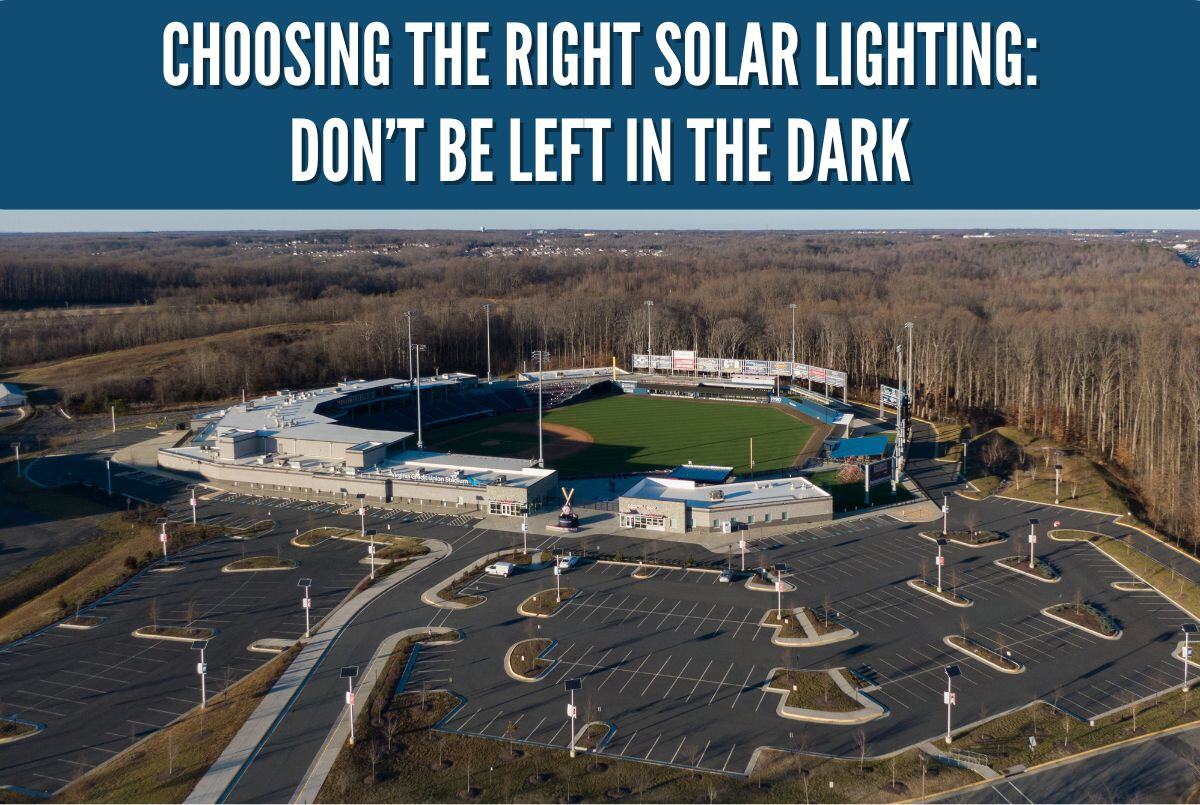
Choosing Reliable Solar Lighting: Avoid Common Pitfalls for Longevity
Solar street lighting systems have made remarkable strides over the past three decades. Since our founder first introduced solar lighting to the world, SEPCO has been dedicated to..
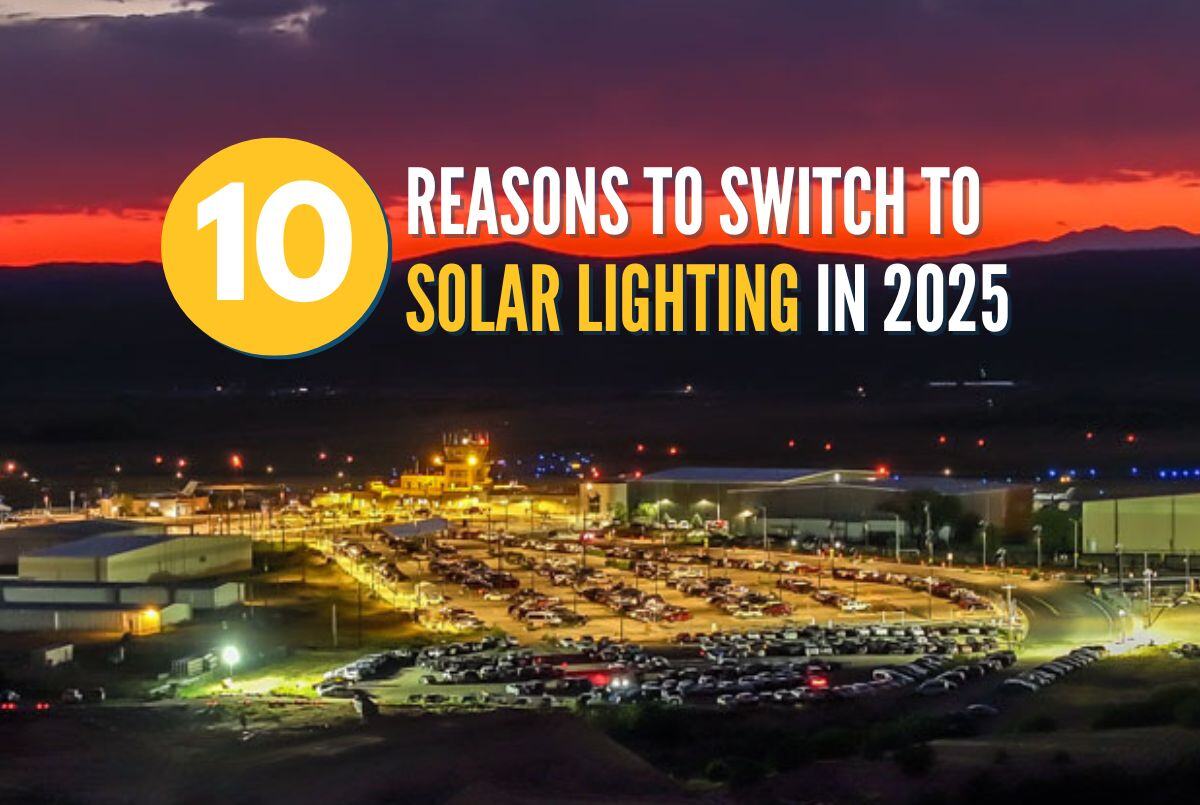
Top 10 Reasons to Switch to Solar Lighting in 2025
As the world continues its shift toward sustainability, solar lighting has emerged as the leading solution for public and private lighting needs. In 2025, advances in technology,..
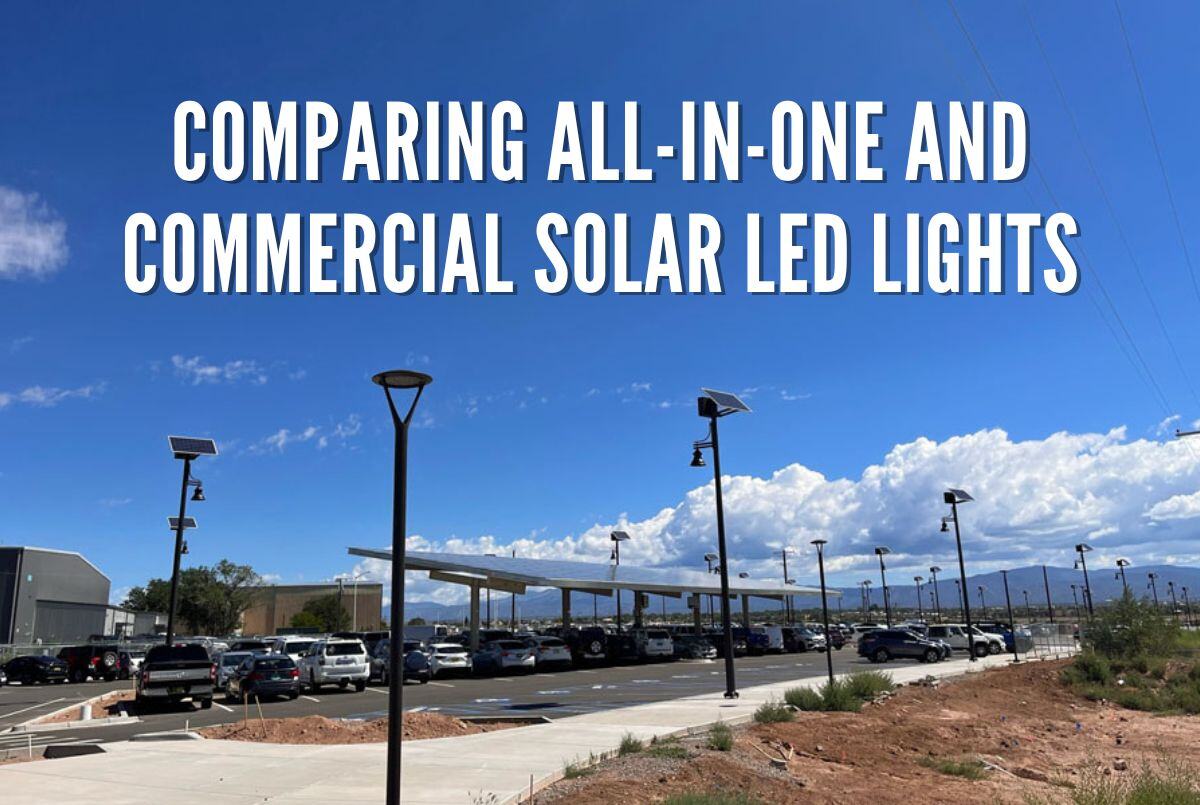
Commercial vs All-In-One Solar LED Lights: Key Differences Explained
When considering solar lighting for your business, you'll encounter two main types of systems: US-manufactured commercial solar LED lights and all-in-one systems readily available..
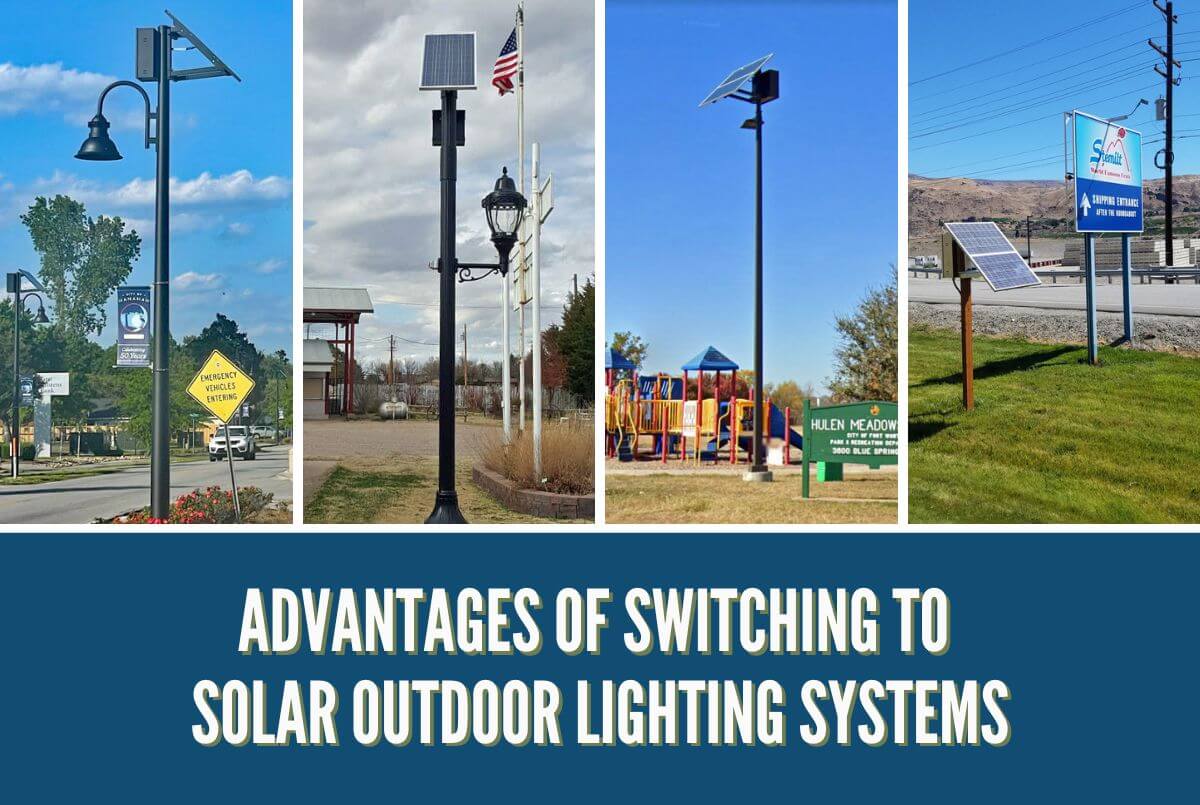
Advantages of Switching to Solar Outdoor Lighting Systems
In recent years, various industries have significantly shifted towards environmentally friendly and sustainable solutions. One area that has seen a surge in popularity is outdoor..
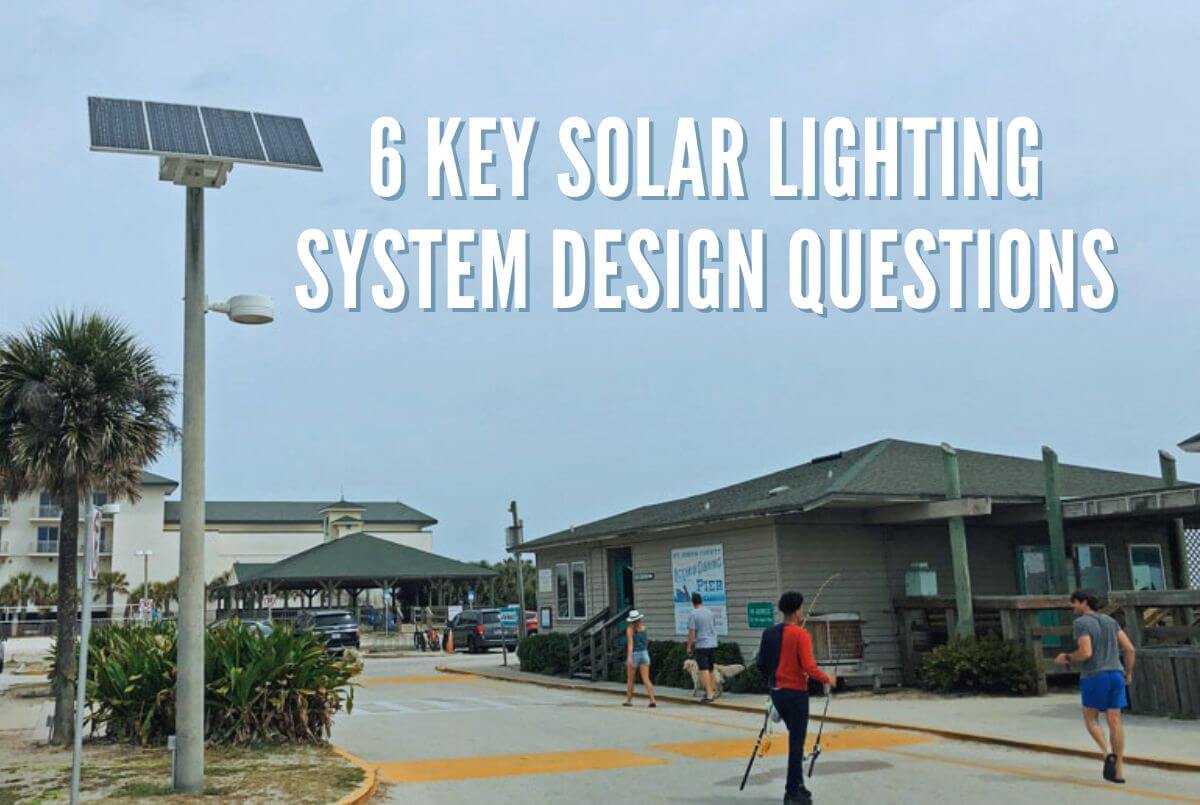
Essential Questions for Designing Effective Solar Lighting Systems
We receive a tremendous number of phone calls and emails expressing interest in our high-performance off-grid solar-powered lighting systems. For our solar lighting specialists to..
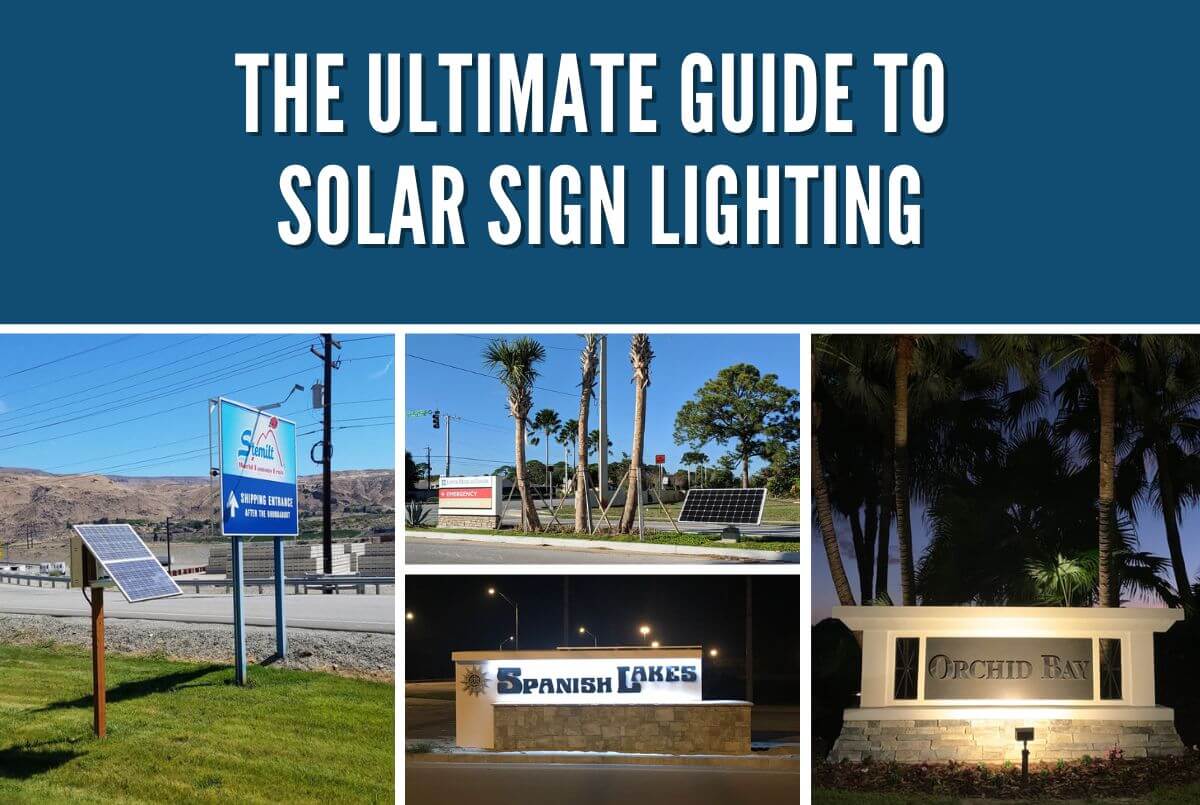
The Ultimate Guide to Solar-Powered Sign Lighting Solutions
Signs are used around the world to convey information and communicate with people. Signs can be used to show a location, mark an entrance or exit, give directions, or provide..
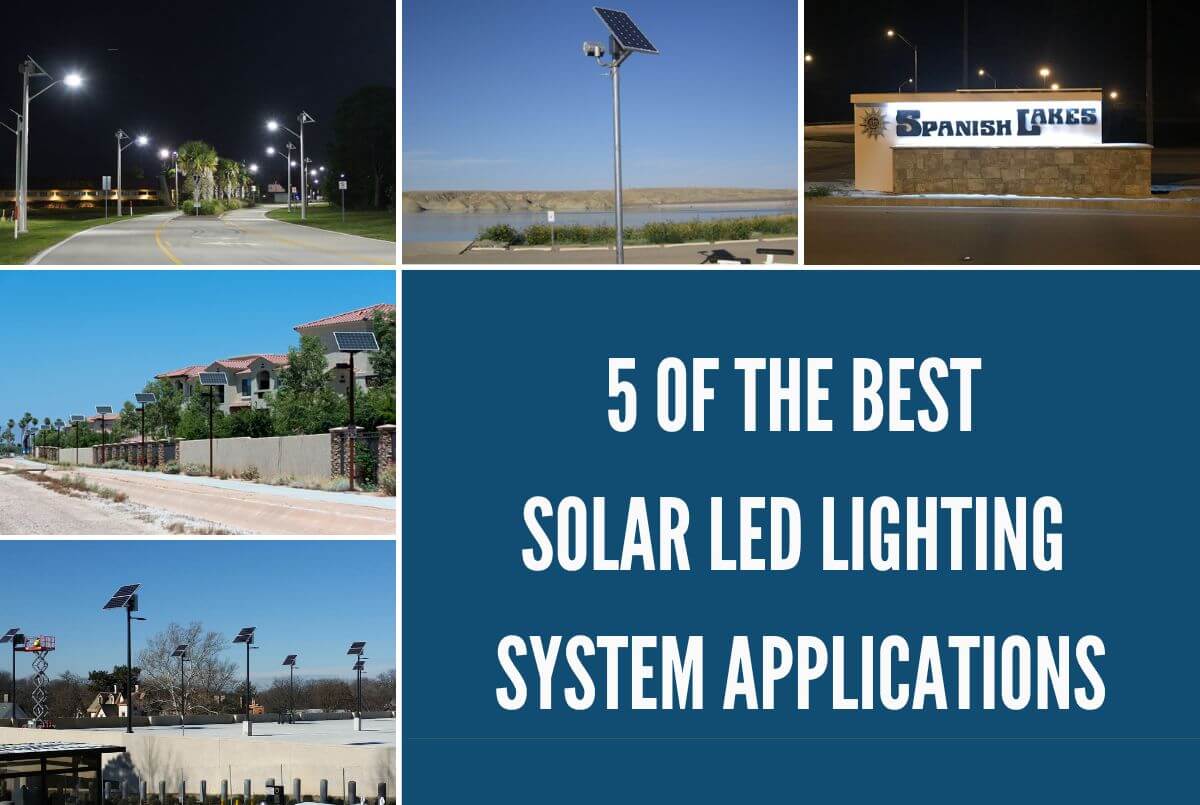
Top 5 Applications of Solar LED Lighting Systems for Maximum Impact
Solar has become increasingly popular over the last couple of years, and solar LED lighting systems have picked up popularity in their wake. There are many things I could talk..
Not sure where to start?
Check out our solar lighting design guide and see what it takes to design a commercial solar lighting system
